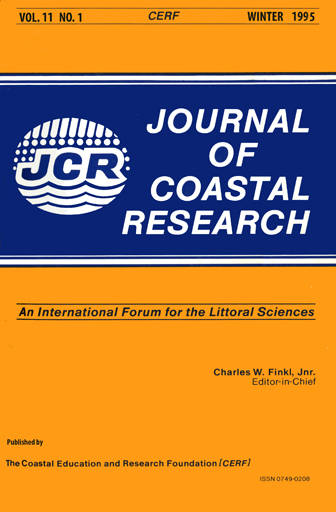Accomplishments of the Corps of Engineers Dredging Research Program
Keywords:
Benefits analysis, disposal site management, dredge monitoring, dredge plumes, global positioning system, open water disposalAbstract
The navigation mission of the US Army Corps of Engineers entails maintenance and improvement of about 40,000 km of navigable channels serving 400 ports, including 130 of the nation's 150 largest cities. The Corps dredges an average annual 230 million cu m of sedimentary material at an annual cost of about $400 million (US). The Dredging Research Program (DRP) was conceived as an applied R&D program to meet documented needs of the Corps' division and district offices for technological advances to optimize its dredging activities. The $35 million (US), 7-year DRP was initiated in 1988. Many distinct products have been developed by the DRP for which annual and one-time direct and indirect benefits are quantifiable. For the first time in the US, a detailed study has been conducted to accurately quantify and document the economic benefits of a federal R&D program. The DRP applied private industry uncertainty analyses to quantify in dollars Corps-wide use of DRP products. A computerized Monte Carlo simulation, skewed to the right, allowed conservative benefit certainty to be developed from DRP benefit estimates. The certainty simulations provide a 90 percent confidence level ascertaining that application of DRP products will benefit the US at least $14 million (US) annually in 1994, and at least $109 million (US) by 1998, in 1994 dollars.


